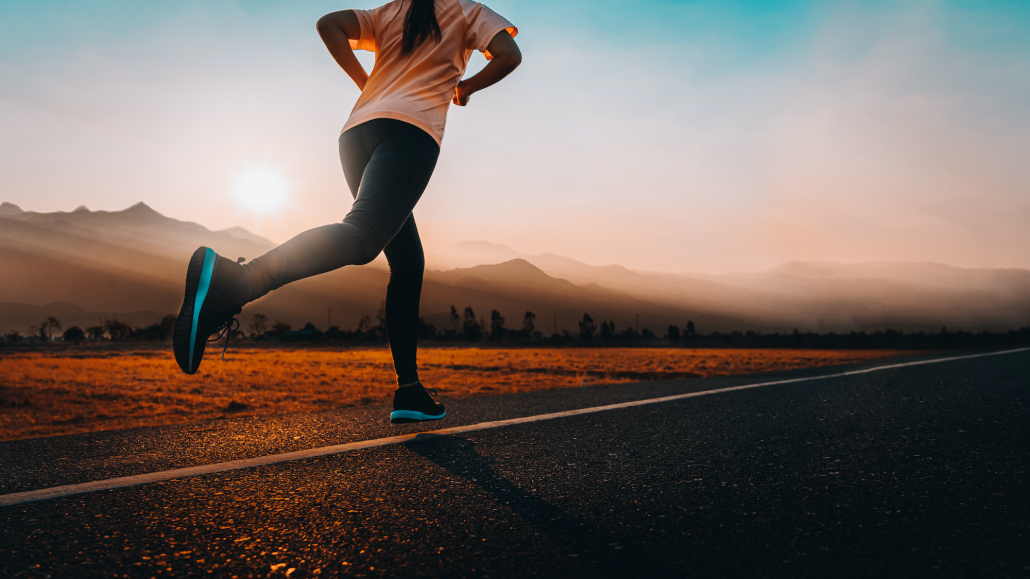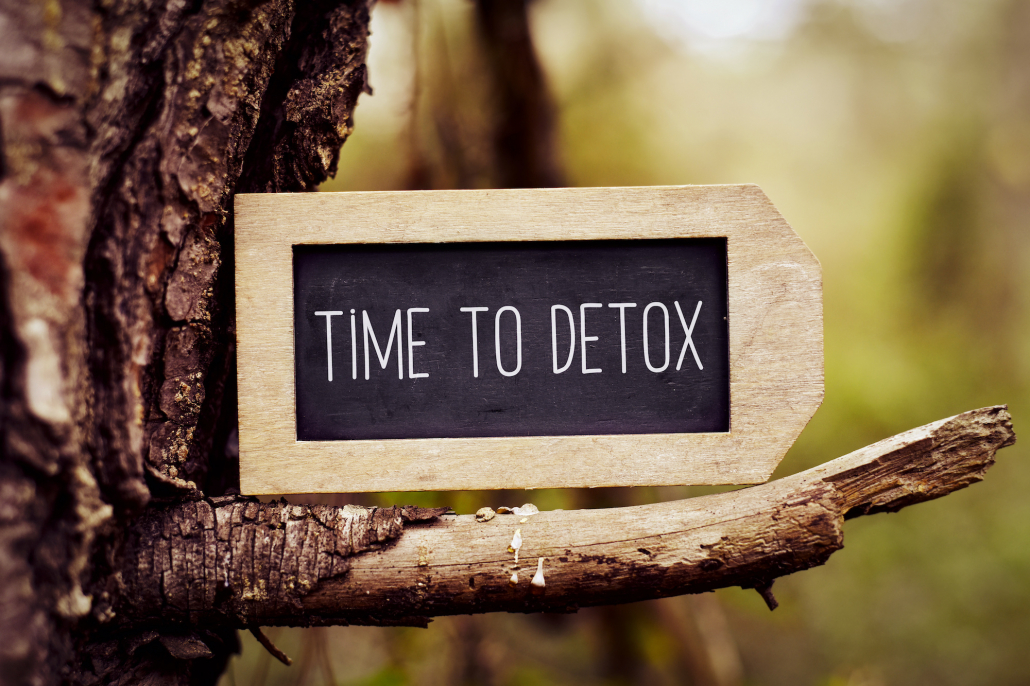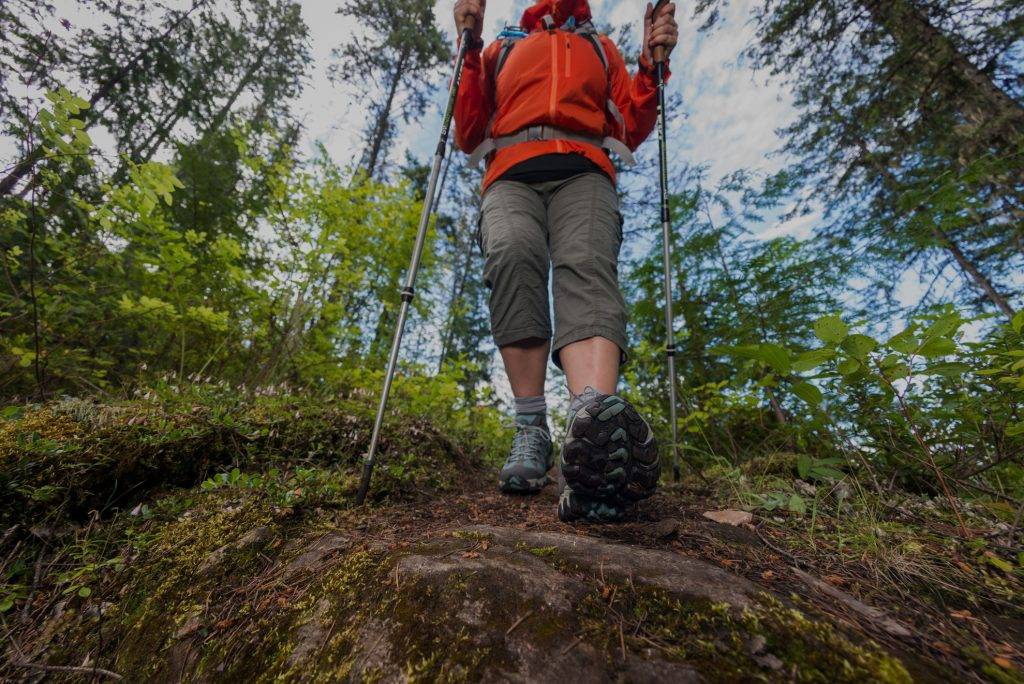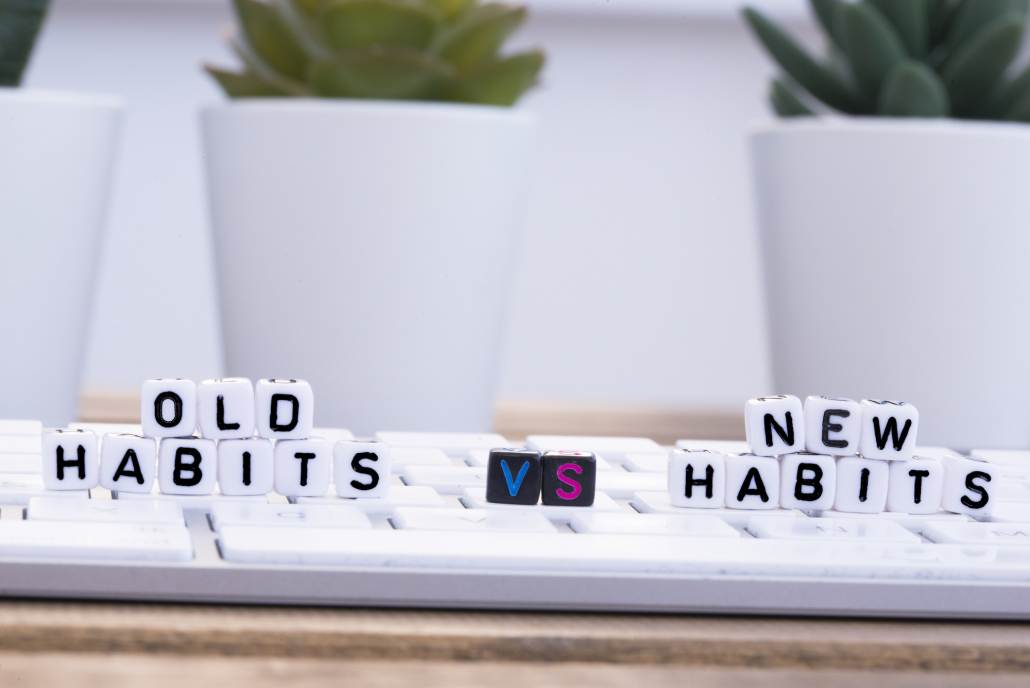Q&A: What is a benchmark workout?

Q: What is a benchmark workout and is it important?
A: You’ve probably heard of the term benchmark. Whether it be CrossFit and maintaining a WOD, achieving a lower boy fat percentage on a body composition analysis, or a fitness test compromising of a series of bodyweight exercise repetitions to complete according to age/sex, benchmarks are simply the finish line. Benchmark is a term that factors in measurements regardless of the category. It can range from numbers on the scale, girth of your waist, or repetitions in your bench press.
Most can likely recall physical fitness testing in grade and high school. The 12-minute run, beep test, chin-ups, sit and reach, and body fat % to name a few. These kinds of values can give a starting point and upon working on our fitness level, can retest and compare to test for improvements.
Benchmarks are milestones to measure progress.
A benchmark is also considered a milestone, synonymous with a goal, the means to the end of the achievement. This is a great way to improve current fitness levels because the body is constantly adapting to new stimuli. What once was difficult, say running a mile, after time becomes an easily achievable parameter. Just don’t set your sights too high from your current level. Be realistic and meet your body where it’s at.
An important factor to consider is your level of fitness. If you have been sedentary (a couch potato, if you will) you can simply set a goal for how many times a week you break a sweat or participate in continuous activity. According to the American Heart Association and American College of Sports Medicine, guidelines recommend that all healthy adults 18-65 engage in either 30 minutes of moderately intense cardio 5 days a week or intense cardio for 20 minutes 3 days a week. So for a beginner, these benchmarks could be a great starting point. At Mountain Trek, we recommend upping that to 40 minutes and shooting for a “perceived rate of exertion” of between 6.5-8.5 out of 10. That means you are exerting between 65% and 85% of your maximum output for 40 minutes straight. This will go beyond just maintaining your cardio health and will give you the opportunity to get to a “fat-flush” state, where you will reduce your body fat percentage.
Benchmarks are not only about strength or rep counts.
There are a number of physical factors you can test, mainly: strength, endurance, flexibility, balance, and body composition. Average norms can be found for comparative values. For example, the Mayo Clinic uses the push up for the Muscular Strength and Endurance Test. They also provide “good fitness results” for both men and women according to age. So for a 45-year-old woman, 14 push-ups and 16 for a man would be considered “good muscular strength and endurance”. They also suggest retesting yourself on physical parameters every 6 weeks to check for improvement. Again, at Mountain Trek our goal is to push you past “maintenance” and into “growth” so we can increase muscle mass and help balance hormones, especially as we age, so we might raise the bar on these standards, again.
A franchise that loves their benchmarks WODs (workout of the day) is CrossFit. Named after traditional women’s names such as Fran and Angie, these workouts have very specific parameters and standard units of measurement, so strength and endurance can easily be measured and compared over time. The workouts hold space for improvement from beginner through advanced by adjusting the workout through duration, weight, or reps. Each successive benchmark workout should surpass the last—that is when you know you are making progress.
Elite athletes also use benchmarking as a way to monitor improvement over time. Standards specific to any sport are available at all levels, including World, Olympic and National records that they can use for comparison to train for competitions.
In summary, a benchmark is a standard exercise that you repeat in order to measure progress.
Benchmark workouts should be very personal, and regardless of the category of fitness you fall under, it’s all about setting both short-term and long-term goals and reaching them all in the name of health and fitness progress. Whatever the goal, it should be relatable to your life and needs, whether it be being able to pick up the grandkids or benchpress 250 lbs. To learn how to set a good goal, read our article, How to Build Healthy Habits in 6 Steps.
What is Mountain Trek?
Mountain Trek is the health reset you’ve been looking for. Our award-winning health retreat, immersed in the lush nature of British Columbia, will help you detox, unplug, recharge, and roll back years of stress and unhealthy habits. To learn more about the retreat, and how we can help you reset your health, please email us at info@mountaintrek.com or reach out below:









